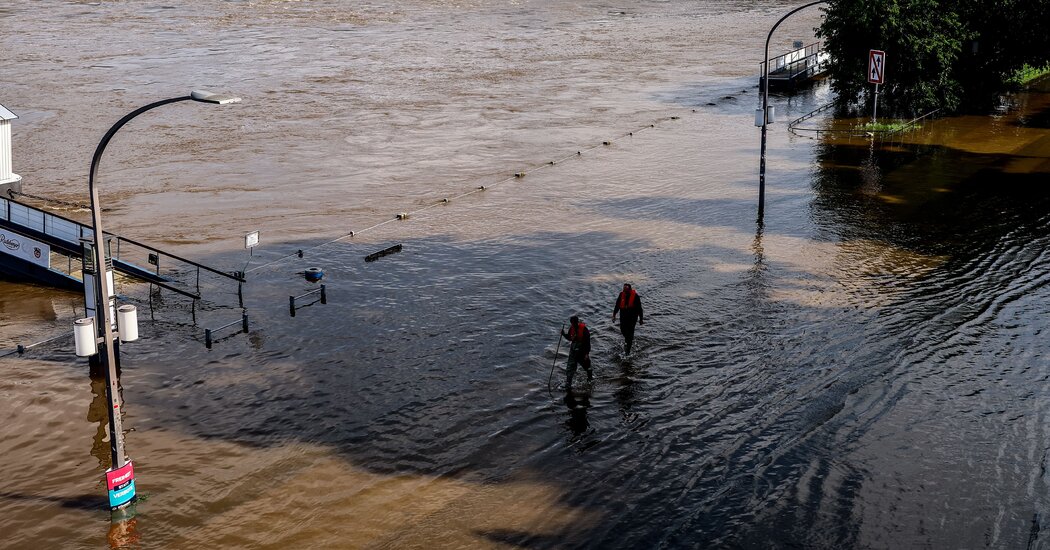Flooding events around the world share a common factor of an atmosphere made warmer by climate change. What can be done to help citizens prepare?
Chad. Vietnam. Austria. The American South.
In very disparate regions of the world, extreme rainfall in recent weeks has killed thousands of people, submerged entire towns, set off landslides and left millions without power. It’s a harbinger of the wild weather events that are a hallmark of climate change, driven by the burning of fossil fuels, and it is highlighting the need to urgently adapt, in rich and poor countries alike.
Bursts of extreme rainfall are making both coastal and riverine flooding more dangerous and unpredictable.
“Extreme events are getting stronger everywhere, so we should expect floods to be bigger regardless of where we are,” said Michael Wehner, a scientist at Lawrence Berkeley National Laboratory. “There is no question that these kinds of floods all over the world are getting worse.”
What’s the climate connection?
Some of the recent deadly floods, like the landslides in Kerala, in southern India, earlier this summer, can be directly attributable to human-induced climate change.
A scientific study, released in August, found that the downpour that caused the landslide was 10 percent heavier because of human-caused climate change.
There are no similar attribution studies yet for the floods of recent weeks. Though some studies are underway, there simply aren’t enough resources to carry out an attribution study for every single event.
